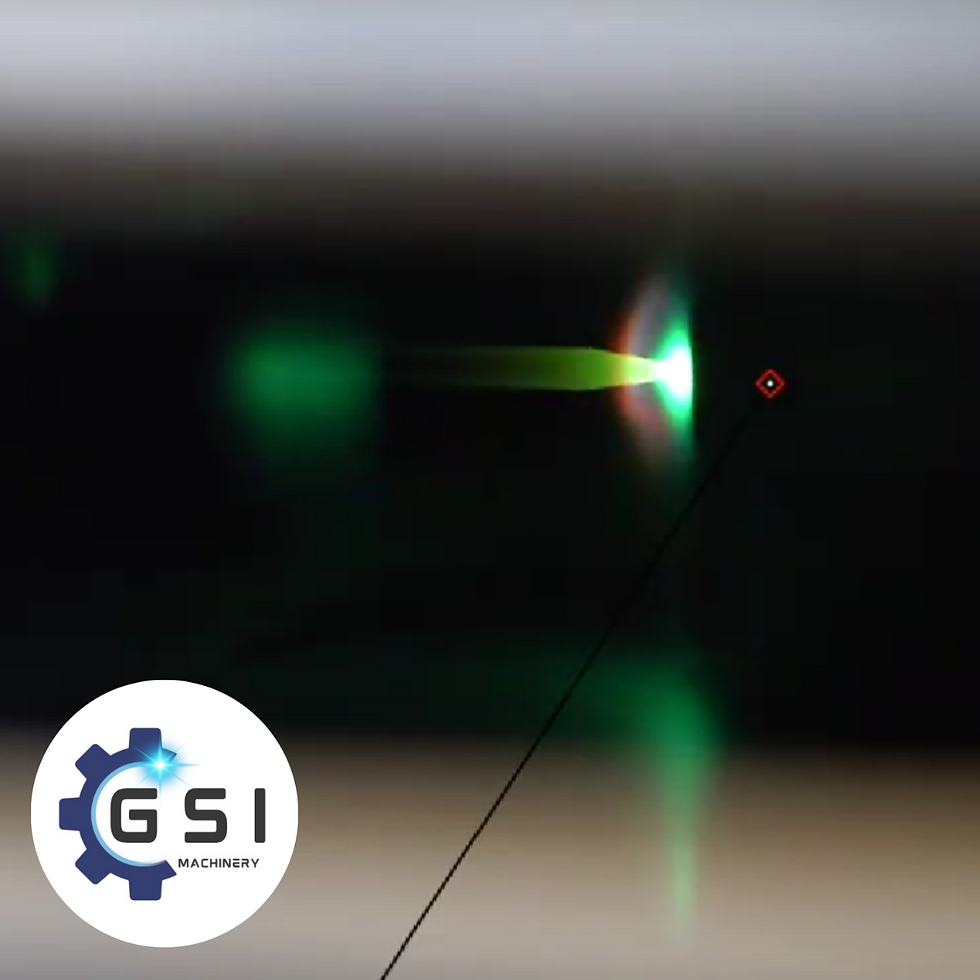Understanding Semi-Automated vs Automated Pipe Welding Machines
- George Ficken

- Feb 13, 2024
- 1 min read

What is the difference between semi-automated pipe welding systems and fully automated pipe welding systems like the Rotoweld?
Semi-automated and fully automated pipe welding machines represent distinct approaches to welding processes, each with its own set of characteristics and applications.
Firstly, semi-automated machines involve a higher degree of human involvement. Operators manually control the welding torch and guide it along the pipe, providing a hands-on approach to the welding process. This requires skilled personnel to ensure precision and consistency.
The advantage of semi-automated systems lies in their flexibility—operators can adapt to variations in the workpiece, making them suitable for diverse projects with different specifications.
On the other hand, fully automated pipe welding machines operate with minimal human intervention. These systems are equipped with advanced programming that controls every aspect of the welding process, from the movement of the welding torch to the adjustment of parameters. This level of automation ensures high precision and repeatability, reducing the dependence on skilled welders.
Fully automated machines excel in mass production scenarios where consistency and efficiency are paramount, offering a streamlined and controlled welding environment.
Despite their differences, both types of machines play crucial roles in various industries.
Semi-automated systems are preferred when customization and adaptability are key, allowing for manual adjustments based on specific project requirements. In contrast, fully automated machines shine in scenarios demanding high-volume production with a focus on precision and standardized output.
Ultimately, the choice between semi-automated and fully automated pipe welding machines depends on the specific needs and priorities of the welding project.









